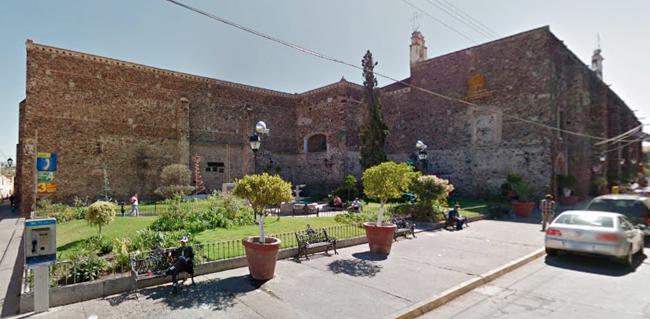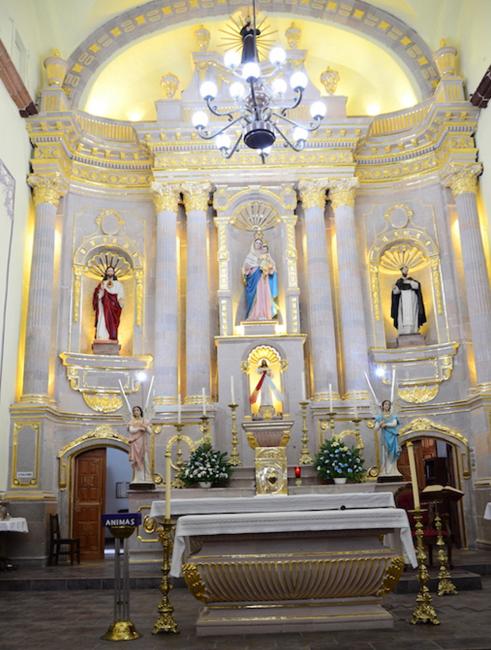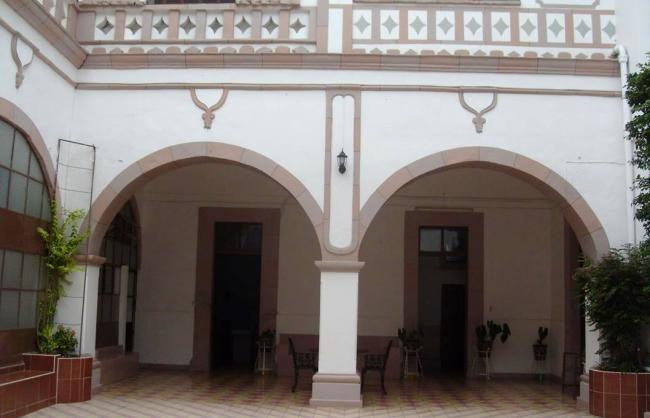
Parish of Our Lady of the Rosary and Convent of the Capuchin Nuns
Conjunto Arquitectónico
This 18th-century building traces its origins to José Ignacio de Polanco, who arrived in Salvatierra with plans to purchase several haciendas and establish an entailed estate protected by a royal decree. After his death, his sole heir, Petra de Polanco, was unable to retain her considerable inheritance because she had taken vows of poverty under the name Sister María Inés at the Capuchin Poor Clares convent in Santiago de Querétaro. In honor of her father, she founded a convent of her order in Salvatierra.
King Carlos III granted permission for the foundation on October 11, 1767. The original design was created by Joaquín de Heredia but was later modified to reflect the regional Baroque style of Querétaro. On the morning of June 11, 1798, the first seven nuns left Querétaro to establish the new convent. The monastery was dedicated to the Immaculate Conception, and the church to the Seraphic Father Saint Francis. Construction was completed in the first half of the 19th century.
In 1862, the orchards of the former convent were ceded to the City Council, and in 1886, an agreement was made to convert the building into the Manuel González Civil Hospital. Later, the municipal slaughterhouse was installed in the old orchards.
After the hospital was vacated in 1946, a parish school for children was established there, later renamed José María Morelos. Between 1961 and 1963, the chaplain’s house was demolished to create the Hermandad Plaza.





